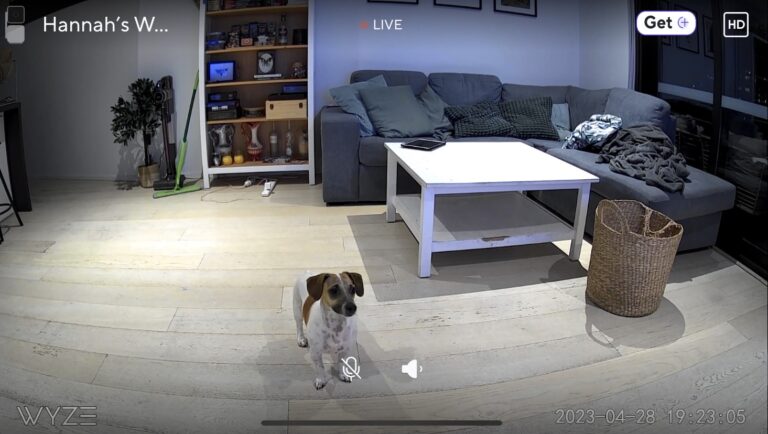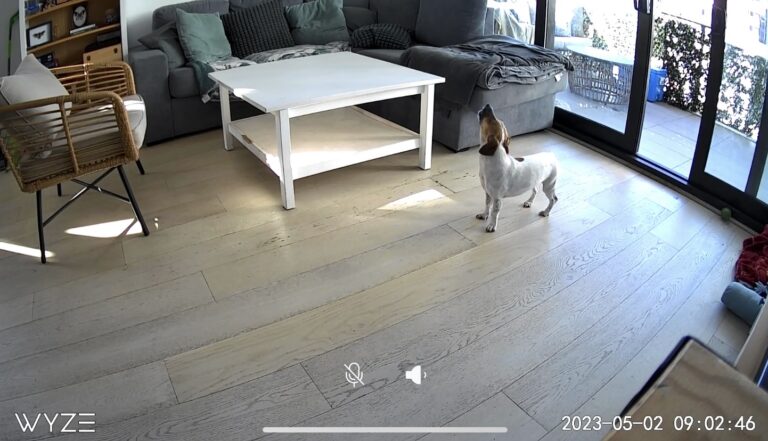Part of being a pet parent, not unlike a real parent, is that you’re constantly worried about their wellbeing. If they’re sick, you comfort them. If they rip up your shoes you try your best to stay mad, but their pleading eyes and sweet face soften your heart and wash away any anger or resentment. Being a pet owner means keeping up to date with any allergies or medical issues (pug owners know the vibes). When something goes wrong, you immediately jump to the worst-case scenario.
A few months ago, I set up a Wyze cam so I could keep an eye on my Jack Russell, Loki, while I was in the office. Like any pet owner who buys their first indoor security camera, I was eager to see what he got up to while left to his own devices.
On my way to the office, I got a notification from the Wyze app that he’d entered the frame of the camera. I opened my phone, and my heart sank.
A medical issue he experienced a few weeks ago had resurfaced – the only difference was my partner wasn’t around to help him. I’ll spare you the details because it's unseemly, but all I could see was him staring dead into the eye of the camera, his limbs stiff and his body trembling. I was conflicted – should I go home? What if he gets worse? Even though it wasn't a matter of life or death, as far as I knew, this was the first time he was having an episode on his own.

